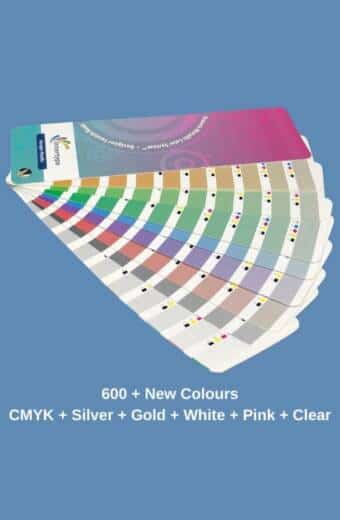Description
Dictionary of Military Architecture: This book traces the evolution of military architecture, from ancient forts to modern defences like anti-tank hedgehogs
The journey that led to this book began in the 1990s, sparked by a fascination with siegecraft and the ingenious devices used for both defence and attack. I was captivated by the grandeur and practicality of military architectural design, from the legendary forts of the Romans and the tenshus of Japan to the fortified cities of the Low Countries, with their distinctive arrow-headed bastions and ravelins. This passion evolved into the writing and publishing of various related articles, as well as the construction of numerous earthen and timber forts, and even at least one stone ring fort.
This book stands on the shoulders of giants in the field, from Heron of Byzantium in the 10th century to Müller in 1746 and Smith in 1779. My hope is that this dictionary will assist scholars and enthusiasts alike in understanding the intricacies of these designs and their applications. Even as I write, we see history repeating itself—Russians have deployed ‘Dragon’s teeth,’ land mines, and trenches to slow the reconquest of Ukrainian territories, while a steel and concrete anti-tank hedgehog has been moved from the Kyiv Museum and set up in the street outside.
Military architecture has developed over thousands of years and has been employed worldwide to defend and attack everything from borders and cities to ports, towns, villages, castles, and forts. The story begins with the ancient Egyptians, Hittites, Greeks, and Romans, who used materials as simple as earth, turf, stone, brick, timber, iron, and concrete. This book explores the military architecture of Europe, the Americas, Asia, and beyond.
As time progressed, the elements of military architecture became increasingly sophisticated, evolving alongside changes in the modes and machines of attack and defence—from escalade to mining, from trebuchets to cannons, and from siege engines and battering rams to tanks, missiles, and drones.
In this book, I do not aim to provide a single, preferred definition. Instead, I present how these terms have been used historically and how they are applied today. The book is richly illustrated with drawings and photographs that depict various aspects of military architecture and siegecraft. My objective is to offer a valuable reference for military historians, historical re-enactors, war gamers, cosplayers, fiction writers, and anyone engaged in the study or discussion of the development and historical significance of military architecture. Therefore, all words and meanings relevant to this subject are included within these pages.
Always in stock. “Printed On Demand” in Australia by Intertype










Reviews
There are no reviews yet.